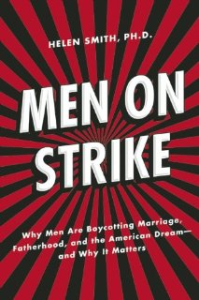Technology Background :: Flibe Energy.
The third path was explored by the nuclear pioneers but was sidelined for political and budgetary reasons and nearly forgotten, despite its extraordinary promise. It involved bombarding common natural thorium with neutrons to form a fissile material, uranium-233. Uranium-233 could produce enough neutrons in thermal-spectrum fission to sustain the conversion of new thorium to fuel. This meant that nuclear reactors could be run using a much more abundant fuel and would require far less nuclear fuel to generate a given amount of electrical power. Unlike the products of the first two methods, the uranium-233 generated from thorium was very unattractive for nuclear weapons and so during the intense demands of wartime, research into energy from thorium was a low priority. After the end of the war, key personnel from the Manhattan Project, including Nobel-Prize-winning physicist Eugene Wigner and his protégé, Alvin Weinberg, attempted to convince the US government to research the surpassing potential of thorium.
Thorium was truly forgotten albeit for a few rebels.
Thus, Alvin Weinberg’s molten salt work was halted for political and budgetary reasons and the technology used to unlock the potential of thorium as a nuclear fuel was nearly forgotten. Textbooks did not mention it. Nuclear engineers were never taught about it in school. Even personnel at Oak Ridge, unless they happened to personally know one of the “old-timers”, did not know what had taken place in the ridged forests of eastern Tennessee in the 1960s.
The fundamentals of this promising technology were proven to work and Flibe Energy is leading the charge to continue development of this technology to power the world.
Bring it on.









